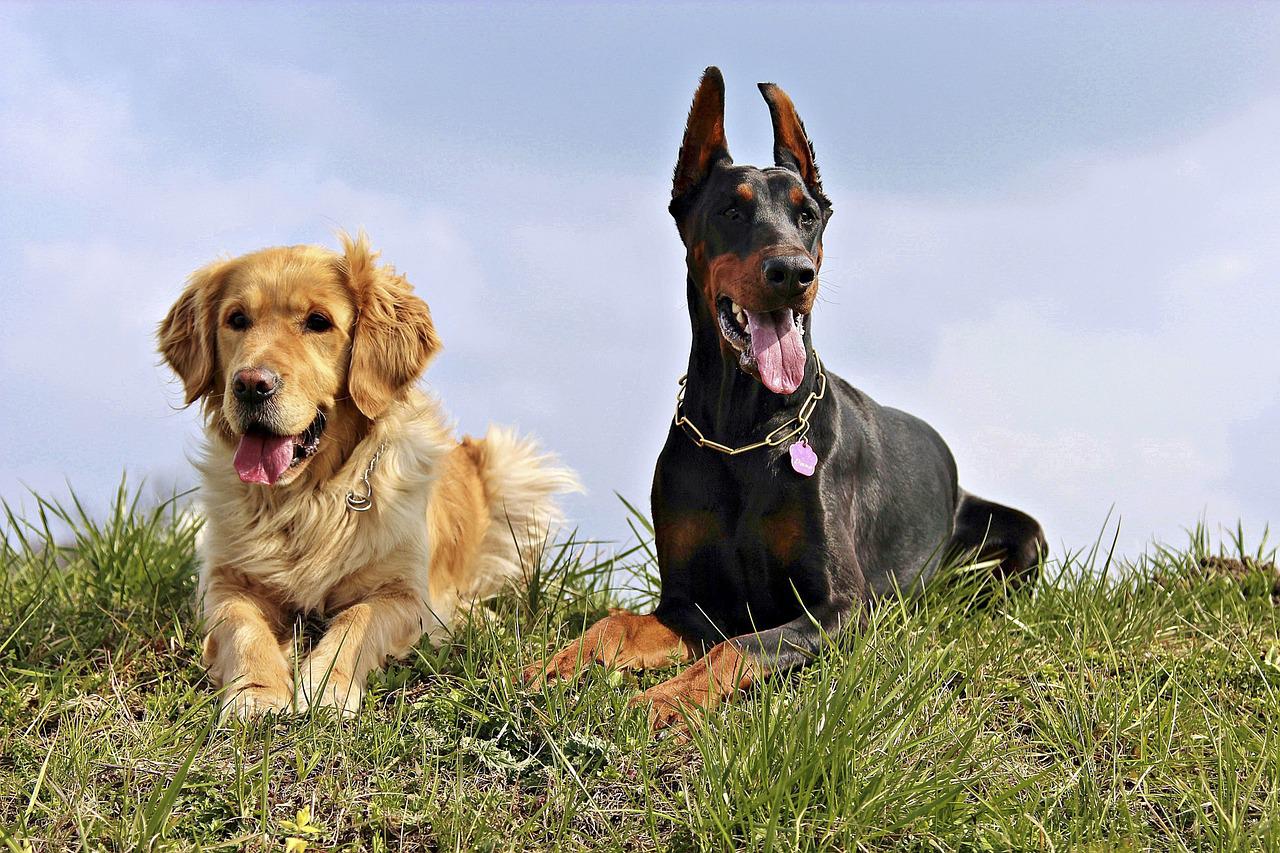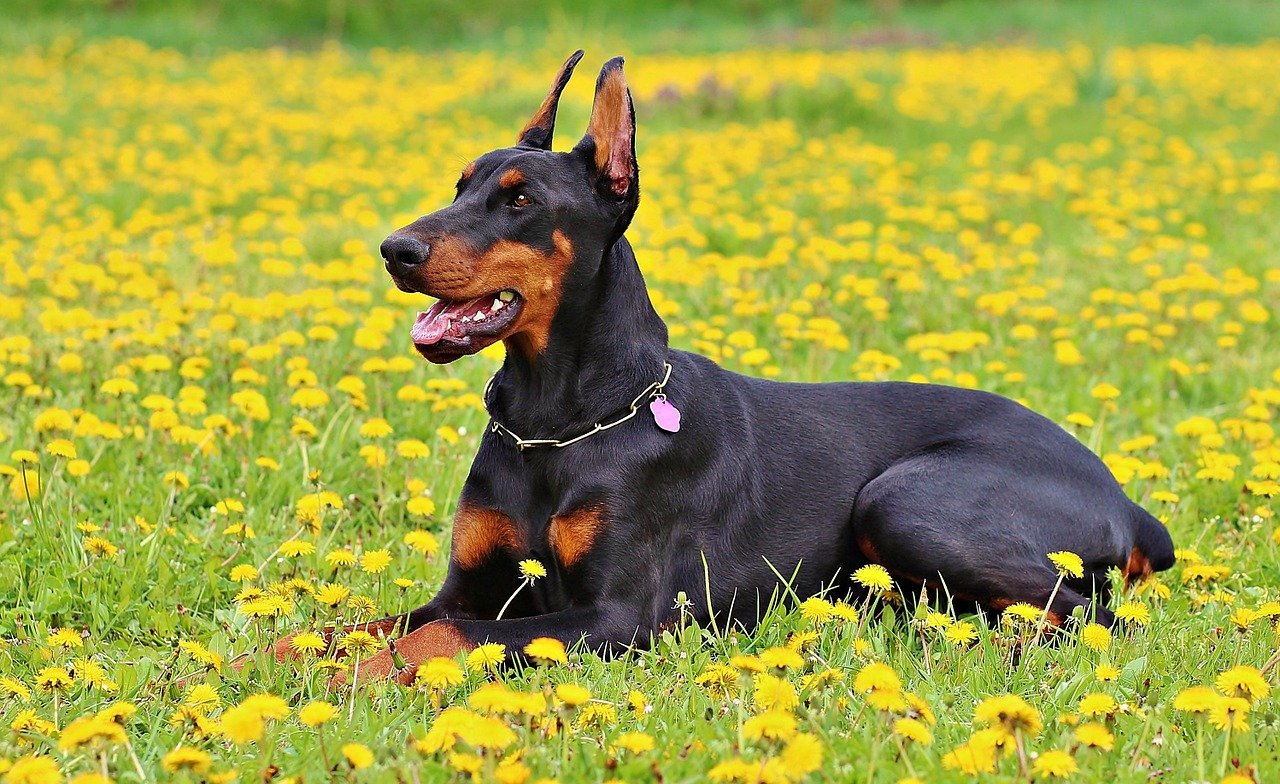The Whippet is a large dog breed that is both athletic and docile. Known for their athletic tendencies, Whippets are excellent jumpers and runners. Their high energy makes them highly prone to getting into mischief. Because of these characteristics, they should be leashed when out and about and should never be left to roam free. Even if you have an underground electronic fence, the Whippet will wriggle its way through it. Make sure your Whippet is fenced in a secure yard at least five feet high.
Quiet
The Whippet dog breed is a gentle and friendly hunting hound. Unlike other dog breeds, they do not tend to bark much. If you are looking for a dog for a secluded home, this breed is ideal. While they do love chasing cats, this breed is not a lap dog. Instead, it is highly disciplined and will not bark very loudly, making it a good choice for apartment dwellers.
Loyal
A loyal dog can be an excellent addition to any family, and the Whippet breed of dog is no exception. The breed is one of the most popular choices for those who want a dog that’s extremely loyal to their family. These dogs are known for their loyalty and independence. However, their health issues and general care needs are a little more complicated than many other breeds. Food allergy is a common problem for Whippets, and symptoms of this condition include itchy skin, recurrent ear infections, chronic vomiting, and diarrhea. While there are many causes for food allergies in dogs, the best way to diagnose this condition is to administer a prescription diet.
Athletic
The Whippet dog breed is athletic. The first images of this dog breed date back to the Middle Ages. However, the modern Whippet is more recent, with its origins in Great Britain in the 18th century. Originally bred for hunting rabbits, the Whippet developed a unique speed for coursing the prey. This trait earned the Whippet the nickname “snap-dog.”
Attractive
The Whippet dog breed was first bred in the mid-1980s by the late Carol Hartley. The two Whippets in her breeding program were bred with the terriers Ashton (by Starline’s Sovereign ROMXXX) and Beau (by Diane Bower). The combination produced an incredibly attractive dog breed. While the Whippet breed was not well known before the 1970s, it is now thriving.
At risk for eye problems
The Whippet is generally a healthy breed, but this isn’t to say that your puppy is completely free of potential eye problems. Responsible breeders will vaccinate puppies, deworm them, use sound breeding stock, and test genetic material. Health clearances for both parents are also recommended, and the Canine Eye Registry Foundation certifies the breed’s eyes as normal. Owners should thoroughly check their new puppy’s eyes, nose, and feet, and look for infections.
Easy to house-train
The Whippet dog breed is easy to house-train. The first thing to do is to take it outside frequently and reward it for doing so. Once outside, the Whippet should be crated when left alone in the house. This is a good way to avoid the dog getting hit by a speeding car. If you’re going to be gone for a long time, consider taking the dog to a friend’s home where he can be left safely.
Attractive to children
The Whippet is a very popular dog breed. It is known to be a shy dog, so it is important to socialize your new puppy early. Children love to play with this breed, so make sure to take your time socializing it. If you can’t devote enough time to socialization, you may want to consider fostering a Whippet. If you can’t afford a rescue, you can try to find someone who can.
At risk for von Willebrand’s disease
A genetic mutation can cause a dog to develop von Willebrand’s disease. This condition affects the von Willebrand factor, a protein that helps platelets adhere to damaged tissue and prevent bleeding. Without this protein, the platelets cannot stick together, causing abnormal bleeding. Bleeding may last for several days or weeks, but prolonged bleeding is not necessarily a sign of von Willebrand’s disease. In severe cases, the dog may also experience bleeding from the nose, gum line, or vagina. In addition, blood may also be found in their urine or feces.
Similar Posts:




Leave a Comment